Padmasambhava (Guru Rinpoche, 8th century)
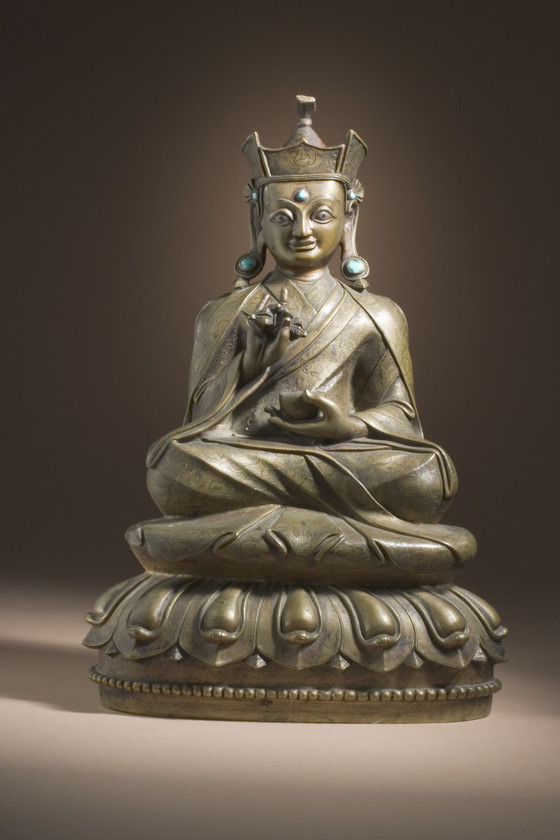
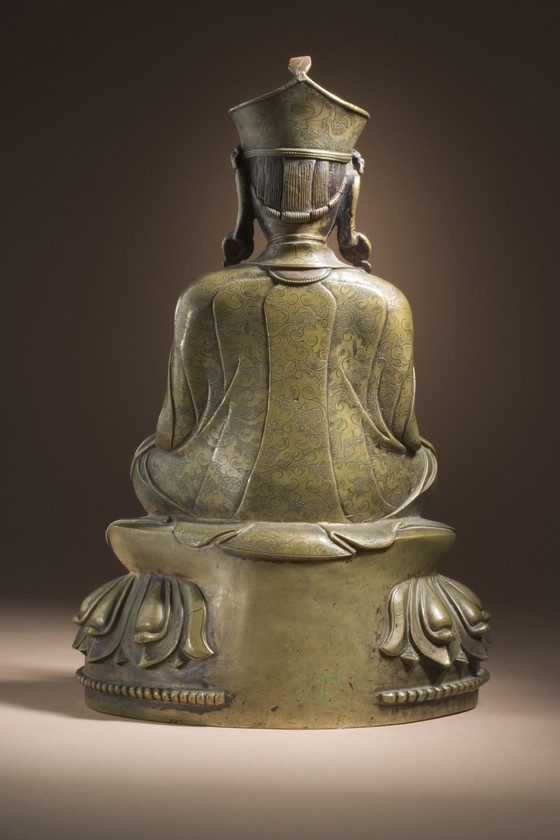
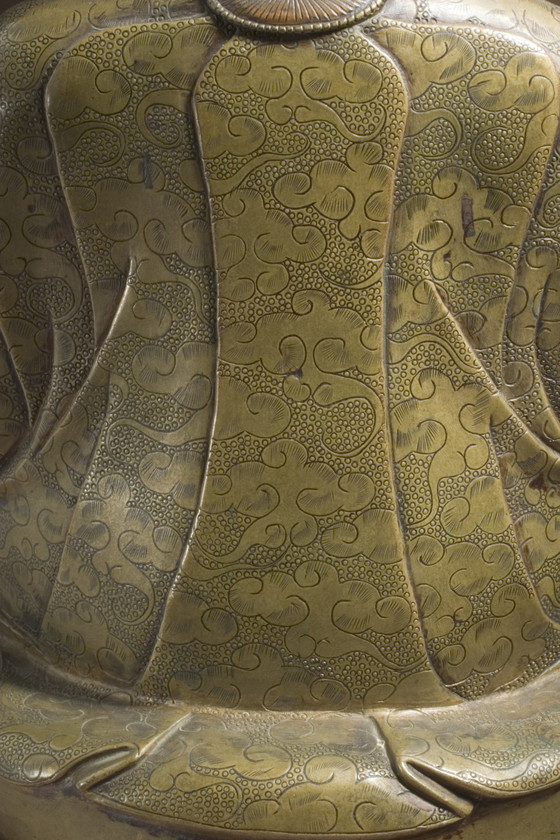
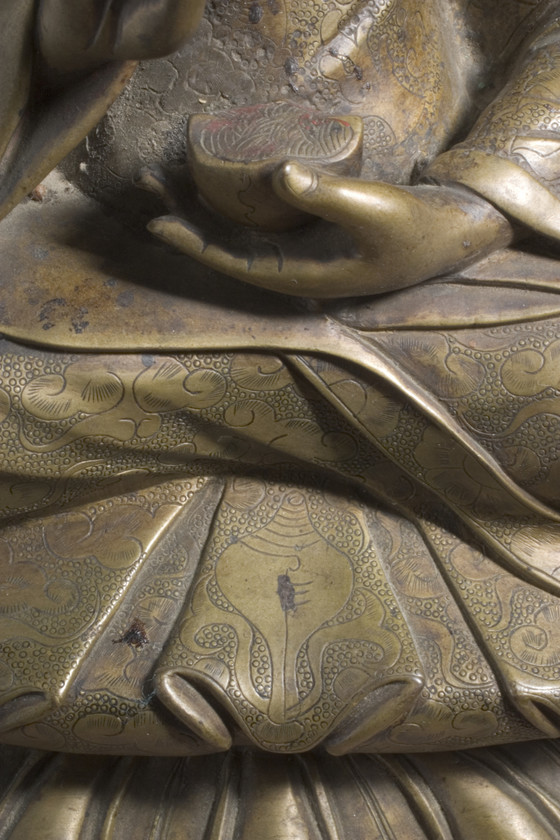
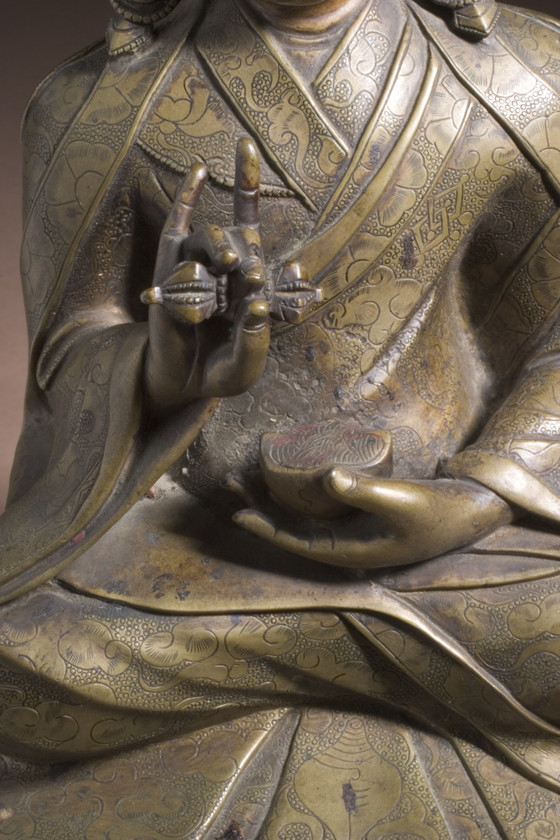
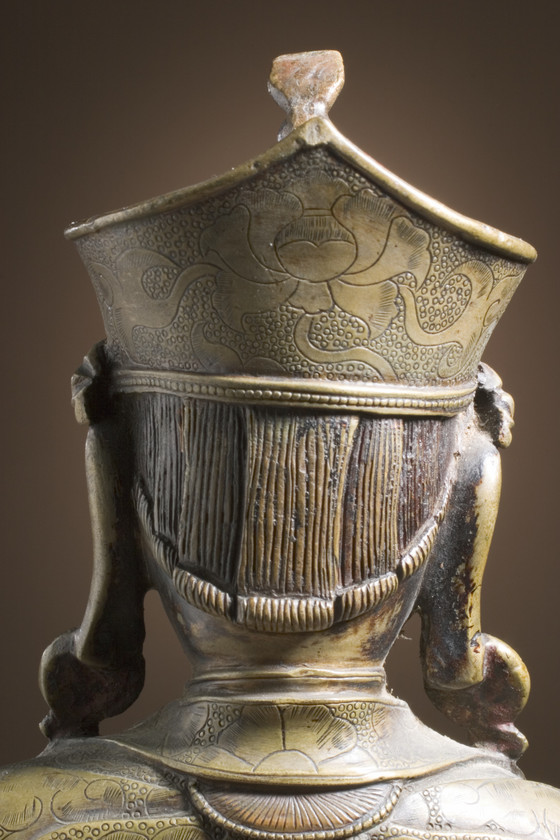
Please log in to add this item to your gallery.
View comments
No comments have been posted yet.
Add a comment
Please log in to add comments.
Please log in to add tags.
* Nearly 20,000 images of artworks the museum believes to be in the public domain are available to download on this site.
Other images may be protected by copyright and other intellectual property rights.
By using any of these images you agree to LACMA's Terms of Use.
Padmasambhava (Guru Rinpoche, 8th century)
Central Tibet, Tsang Valley, 15th-16th century
Sculpture
Copper alloy with incised decoration, inlaid with silver and turquoise, and traces of red devotional paint
9 1/2 x 7 x 4 1/4 in. (24.13 x 17.78 x 10.8 cm)
Gift of the James and Paula Coburn Foundation (M.2005.154.7)
Not currently on public view


